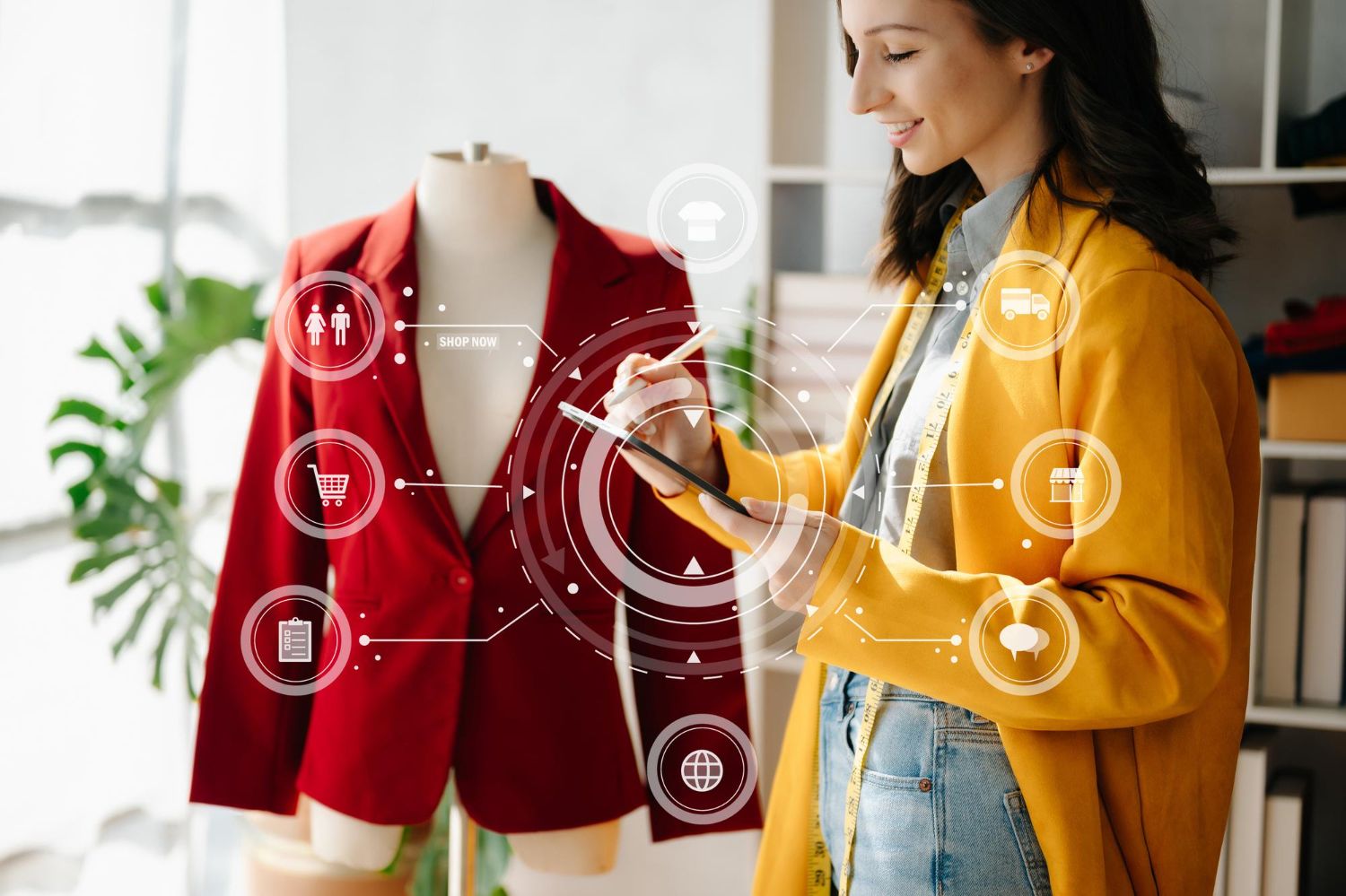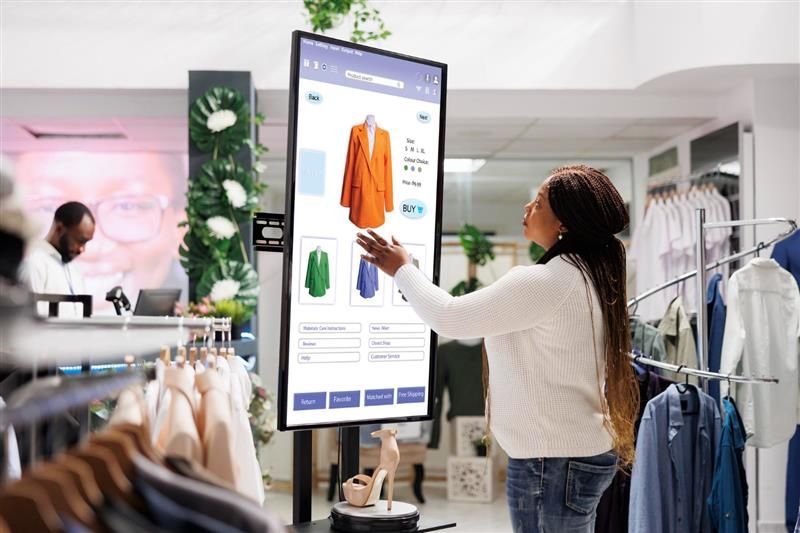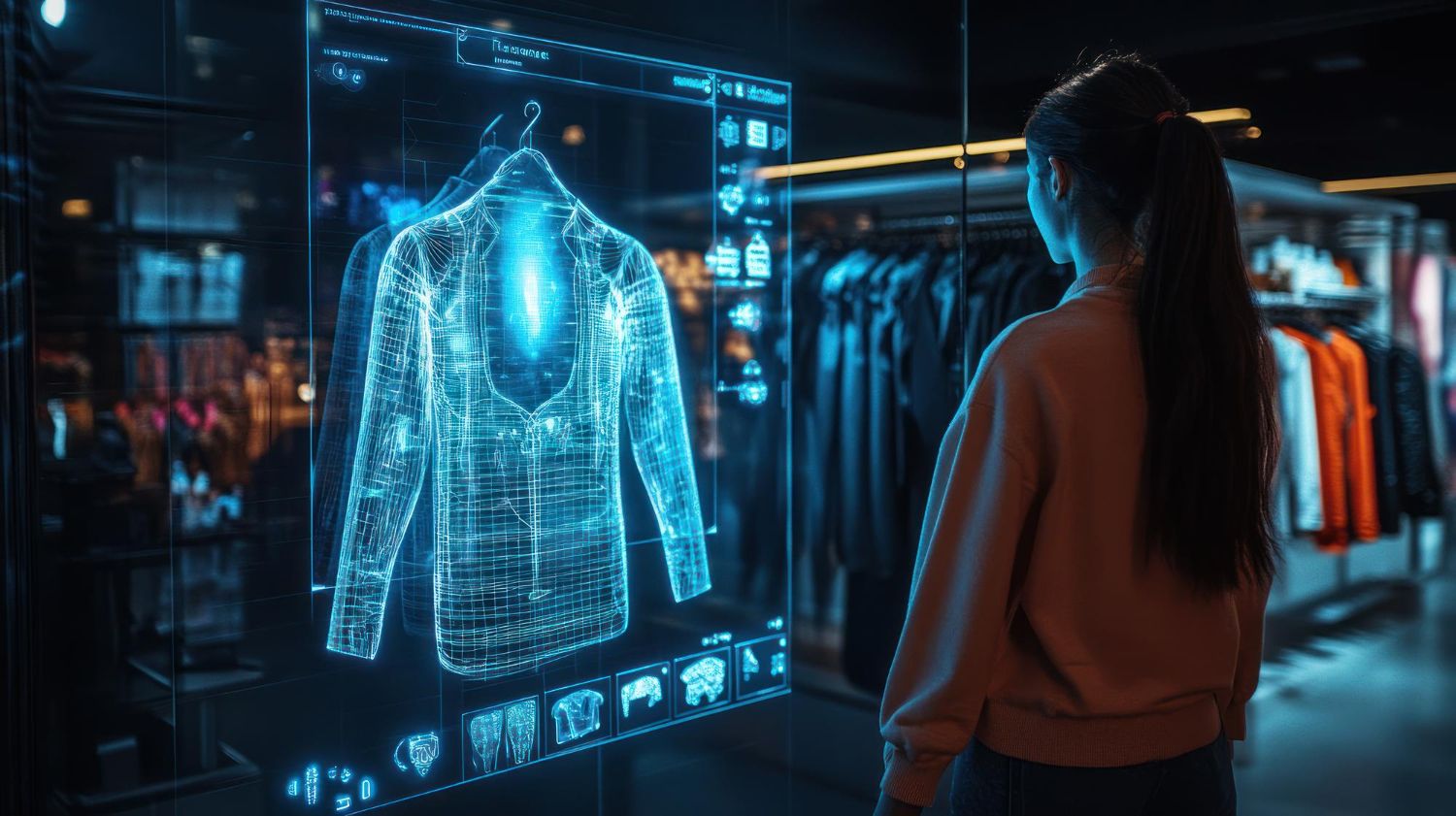The Future of AI in Fashion E-commerce

The fashion industry has always thrived on creativity, speed, and anticipation of trends. In the digital era, these qualities must be combined with technology to meet the evolving expectations of consumers. Online fashion is no longer about offering a catalog of products; it is about creating an experiences that feel personal and dynamic.
Artificial intelligence is stepping in as the driving force behind this shift. From AI product photography to predictive analysis, brands are finding new ways to stay relevant in a marketplace. For businesses aiming to connect with modern shoppers, adopting AI-driven methods is becoming increasingly necessary.
Market Insights: AI Adoption in Fashion Retail
AI adoption across fashion retail has expanded in recent years. Research indicates that most large retailers now utilize AI tools to enhance personalization, optimize stock levels, or analyze purchasing trends.
This acceleration reflects the change in consumer behavior. Shoppers now expect instant suggestions, fast delivery, and visually rich interactions. Brands using AI-driven fashion photography, intelligent recommendations, and data-led insights are reporting:
- Better conversion rates, thanks to customized suggestions.
- Lower return volumes, with accurate size predictions.
- Improved profitability, due to more demand planning.
The message is clear: in a competitive fashion landscape, AI is becoming a strategic edge rather than an optional add-on.
Personalized Shopping Journeys with AI

Personalization in fashion has reached a new level. Today’s AI tools do not just recognize a shopper’s name, but they create experiences built on browsing history, previous purchases, and even seasonal or regional factors.
Imagine a shopper looking for a summer outfit. Instead of receiving a general list, they might be shown styles aligned with their local weather, favorite colors, and body type. High-quality AI-generated photographs, combined with the best practices for fashion product photography, make this effect even stronger by showcasing garments in realistic settings that resonate with the buyer’s lifestyle.
The result is a shopping experience that feels more relevant, driving higher satisfaction and repeat visits.
Intelligent Recommendations & Virtual Styling
Intelligent recommendation engines are turning into virtual stylists for online shoppers. These tools do more than suggest alternatives; they can build entire outfits with matching shoes, accessories, and apparel.
AI-driven fashion photography supports this by showcasing products styled in various combinations, helping shoppers envision complete looks. Some brands are going even further by introducing virtual mannequins that adapt to different body shapes and skin tones, providing customers with a preview of how the clothing may appear on someone like themselves.
This approach builds trust and confidence, resulting in fewer abandoned carts and more successful purchases.
AI-Powered Size & Fit Predictions

Size has always been a challenge in fashion e-commerce. Different brands use different measurements, resulting in high return rates and dissatisfied customers.
AI-powered size prediction tools address this problem by analyzing detailed data, including previous purchases, body scans, and return histories. By combining these insights, AI can recommend the size most likely to fit each customer.
Retailers that apply this method have reported noticeable reductions in returns. For shoppers, this translates into more confidence when making buying decisions and fewer frustrations with poorly fitting items.
Visual Search: Shop by Image, Not Keywords
Fashion is a visual domain, and many shoppers find it difficult to describe what they want using words. Visual search powered by AI changes this completely.
A shopper can simply upload a photo, and the system identifies similar products from the catalog by analyzing fabric, shape, color, and design. Instead of typing vague keywords, customers can instantly find items that match their inspiration.
This feature is handy for e-commerce platforms like Shopify. A skilled Shopify development company can implement visual search, providing even smaller retailers with access to the kind of tools once reserved for global giants.
AI’s Role in Building Sustainable Fashion E-commerce
Sustainability has evolved from being a trend to a priority in the fashion industry. AI is helping retailers address this challenge by reducing waste and supporting more innovative production.
Predictive analytics allows companies to manufacture closer to actual demand, avoiding overproduction. Intelligent systems also enhance stock management, reducing the number of unsold items that are ultimately discarded.
AI-generated product Photography is another decisive step toward sustainability. Instead of shipping physical samples around the world for photoshoots, brands can now produce lifelike visuals with AI-generated photographs. This reduces environmental impact while still providing customers with an accurate representation of the product.
Challenges: Data Privacy, Ethical AI & Implementation Costs
While AI offers significant advantages, businesses must carefully address several challenges.
- Data Privacy: Collecting personal data for personalization requires strict attention to regulations and customer trust.
- Bias in Algorithms: If not carefully designed, AI systems may reinforce stereotypes or fail to represent diverse body types and cultural backgrounds.
- High Initial Investment: Advanced AI systems often demand significant costs, which may be difficult for small retailers. However, entry-level applications such as AI fashion photography or recommendation engines can provide a manageable starting point.
Addressing these issues transparently is critical for building trust with both regulators and consumers.
The Future Roadmap: Where AI in Fashion E-commerce Is Heading
The next chapter of AI in fashion e-commerce promises to be even more transformative. Several future directions are already taking shape:
- Generative Design: Algorithms creating new styles, patterns, and fabrics inspired by trend data and customer preferences.
- Immersive Experiences: A Combination of AI with AR and VR for digital fashion shows and interactive showrooms.
- On-Demand Manufacturing: Production of garments only after an order is placed, guided by AI-powered demand forecasts.
- Advanced AI Product Photography: Offering hyper-realistic product visuals that allow customers to judge fabrics and textures before buying, without traditional photoshoots.
These innovations suggest a future where fashion e-commerce becomes more personalized, efficient, and environmentally conscious.
Final Thoughts
Artificial intelligence is reshaping fashion e-commerce from every angle—shopping journeys, product imagery, size predictions, sustainability, and long-term strategy.
An AI development company can power these innovations with AI product photography and virtual styling, making online shopping visually richer, while predictive tools reduce guesswork in sizing and demand planning. Retailers adopting these advancements are not only meeting current expectations but also laying the groundwork for the fashion industry of tomorrow.
The future belongs to brands that combine creativity with intelligence. Those who adapt now will define the next era of digital fashion commerce, while those who hesitate risk being overshadowed by competitors who move faster.
FAQs
How is AI changing fashion e-commerce?
AI is making fashion e-commerce more personalized and visually engaging. From intelligent product recommendations and AI-driven fashion photography to predictive size suggestions, it enables brands to deliver shopping experiences that cater to individual preferences and reduce return rates.What role does AI product photography play in fashion retail?
AI product photography enables retailers to create high-quality images that are not in need of traditional photo shoots. It saves time, lowers costs, and offers flexibility for styling and backgrounds. This technology also supports sustainability by reducing the need for physical samples and excessive logistics.Can AI improve size and fit accuracy for online shoppers?
Yes. AI analyzes purchase history, return data, and customer inputs to recommend the most accurate size for each shopper. This reduces returns, improves customer satisfaction, and fosters trust in online fashion stores.What are the challenges of using AI in fashion e-commerce?
The biggest challenges include managing customer data responsibly, avoiding bias in algorithms, and the high cost of implementation for smaller retailers. Brands must strike a balance between innovation and transparency to maintain trust and inclusivity.What does the future of AI in fashion look like?
The future points toward generative design, hyper-realistic AI generated product photography, and on-demand manufacturing. Fashion brands will rely on AI not just for personalization but also for creating sustainable business models and immersive shopping experiences.
